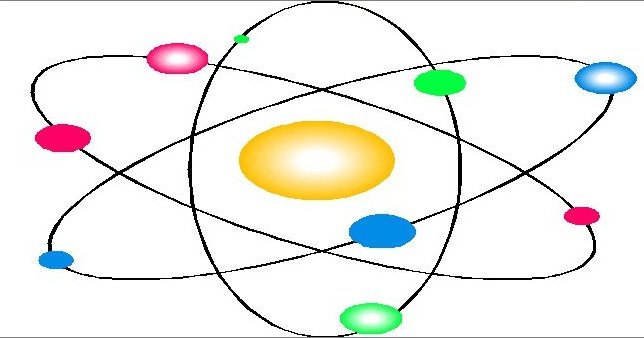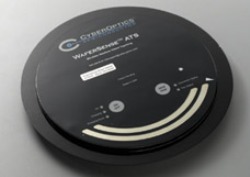![]() If your semiconductor stock showed huge gains in 2010, it probably showed equally huge losses in 2011. That’s because it’s been a miserable year for semiconductor investors, and for last year’s highfliers. The cyclical industry is prone to swings and wild overcorrections in both positive and negative directions. Still, if you’re a long-time veteran of the industry, it’s been far worse: 2011 wasn’t nearly as bad as late 2001, when semiconductor spending dipped more than 40% year-over-year. Nor was it as bad as early 2009, when year-over-year spending sank 30%.
If your semiconductor stock showed huge gains in 2010, it probably showed equally huge losses in 2011. That’s because it’s been a miserable year for semiconductor investors, and for last year’s highfliers. The cyclical industry is prone to swings and wild overcorrections in both positive and negative directions. Still, if you’re a long-time veteran of the industry, it’s been far worse: 2011 wasn’t nearly as bad as late 2001, when semiconductor spending dipped more than 40% year-over-year. Nor was it as bad as early 2009, when year-over-year spending sank 30%.
Overall, semiconductor sales are expected to grow 1.3% this year, according to industry association WSTS. That’d mark the first time semiconductor sales surpass $300 billion annually, but it’d also represent a below-average growth rate. More importantly, it’d mean that semiconductor sales are the weakest of any technology subsector. Since technology in general underperformed other sectors this year, that’s a recipe for steep losses.
And the steep losses rained down on the sector after a promising start to the year. The Philadelphia Semiconductor Index — a rough proxy for the industry — is off 11.9% on the year, far worse than the Nasdaq’s 2.4% decline.





